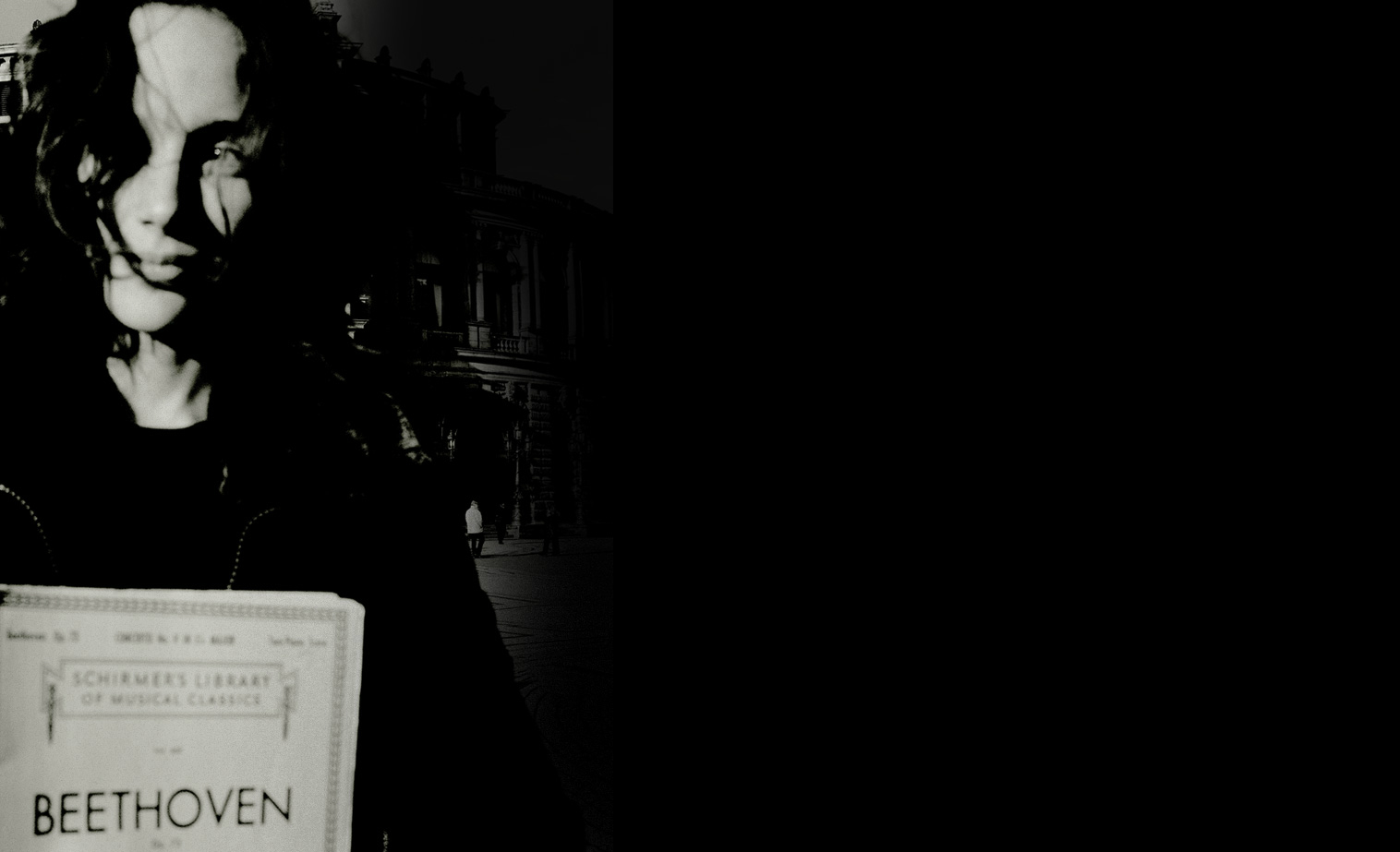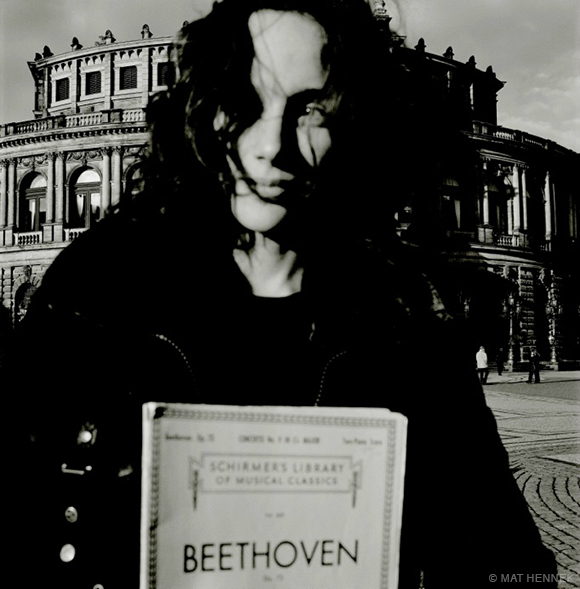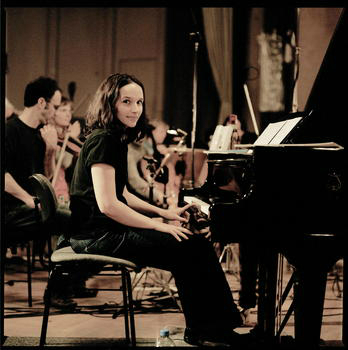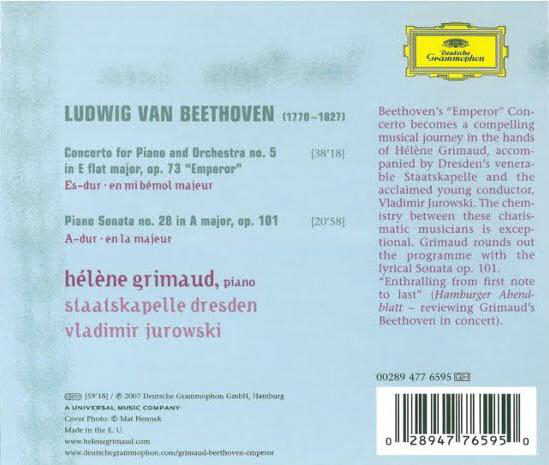|
Concerto for Piano No. 5 "Emperor" | |
|
베토벤: 피아노 협주곡 5번 내림 마장조 "황제"
Ludwig van Beethoven (1770 - 1827)
1. Allegro - 전악장 연주 |
|
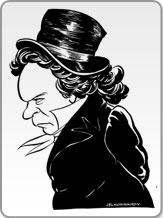
|
|
Album Title: Beethoven Concerto No. 5 "Emperor" & Piano Sonata No. 28
Composer: Ludwig van Beethoven (1770-1827)
Conductor: Vladimir Jurowski
Performer: Hélène Grimaud (Piano)
Orchestra: Sächsischen Staatskapelle Dresden
Audio CD (August 15, 2007)
SPARS Code: DDD
Number of Discs: 1
Recorded in: Stereo
레코딩 일자: November 2006
라이브 / 스튜디오: Studio Recording
Format: DDD Stereo, CD
장소: Lukaskirche, Dresden, Germany
Label: Deutsche Grammophon
Copyright: (C) 2007 Deutsche Grammophon GmbH, Hamburg
Total Length: 59:10
Genres: Classical
Styles: Keyboard, Concerto |
1. Concerto for Piano No. 5 in E flat major, Op. 73 "Emperor"
Common Name Piano Concerto No. 5
Composer Ludwig van Beethoven (1770 - 1827)
Conductor Vladimir Jurowski
Performer Hélène Grimaud (Piano)
Orchestra Sächsischen Staatskapelle Dresden
Genre Classical Period / Concerto
Date Written 1809; Vienna, Austria
Country Vienna, Austria
Period Classical
Studio/Live Studio
Venue (St. Luke's Church, Dresden, Germany) Dresden, Lukaskirche
Recording Date 12/2006
|
1. Allegro
2. Adagio un poco mosso - Attacca
3. Rondo (Allegro) |
20:08
08:04
10:07 |
Review
Hélène Grimaud's performances on this disc -- a coupling of Beethoven "Emperor" Piano Concerto with his Piano Sonata in A major, Op. 101 -- are truly fantastic. Her technique is essentially untouchable and her tone is surprisingly colorful. And, as in her previous recordings, her interpretations are outrageous. With Vladimir Jurowski and the Dresden Staatskapelle in the Concerto, Grimaud is unafraid to do whatever she wants with balance and tempos. And alone in the Sonata, she is even more audacious, bending, shaping, sculpting the music with no restraint applied except her own taste. And, while there is no guarantee that Grimaud's tastes will suit your own, you owe it to yourself to hear and judge for yourself.
One might have thought Beethoven's strongly architectural music wouldn't be susceptible to such blandishment. But Grimaud's willfulness matches the composer's own broad streak of ornery individuality, and her sensual shapes and malleable tempos do the same. Jurowski gets the Dresden Staatskapelle to follow where Grimaud leads in the Concerto, and the results in both cases are perhaps the most persuasive recording of the pianist's career. Deutsche Grammophon's sound is exceptional.
by James Leonard
베토벤: 피아노 협주곡 제5번 내림 마장조 작품 73 '황제'
Concerto for Piano No. 5 in E flat major, Op. 73 "Emperor"'
고전파의 협주곡 양식은 아주 오랜 세월동안 일정한 틀이 짜여져서 마치 전통처럼 전수되어 왔었다. 제1악장에서는 먼저 오케스트라가 주제를 모두 제시하고 그 다음에 비로소 독주 피아노가 등장하는 것이 전통이었고, 악장과 악장은 거의 예외없이 휴지부를 두고 있었다.

그러나, 피아노 협주곡 제4번의 제1악장에서 과거의 관습을 버리고 악장의 개시부터 독주 피아노로 주제를 연주하도록 배치한 것과 제2악장과 제3악장 사이에 휴지부를 두지 않고 계속 연결시키는 등 낡은 전통을 과감하게 벗어 던졌던 베토벤이 제5번에 와서는 한 걸음 더 나아가 제1악장 모두(冒頭)에 독주 피아노의 카덴짜를 배치하는 혁명을 시도해서 유명해진 작품이다. 물론 제2악장과 3악장 사이의 휴지부도 두지 않았다.
게다가 악곡의 규모나 오케스트레이션의 스타일이 지니는 호방함과 독주 피아노의 당당하고도 화려한 모습은 문자 그대로 황제의 위용을 연상시키고도 남는다. 그래서 이 작품에 황제라는 별명이 붙여졌는데, 그러나 이 별호는 베토벤과는 전혀 관계가 없으며 후세 사람들이 붙인 것이다.
작곡 시기는 나폴레옹 군대가 빈을 점령하던 무렵인 1808년이었고, 초연은 1811년 11월 28일, 라이프지히에서 슈나이더(Johan Friedrich Schneider, 1786∼1853)의 협연으로 라이프찌히 게반트하우스 오케스트라에 의해서 행해졌다.
제1악장 / 알레그로, 내림 마장조, 4/4박자, 협주풍 소나타형식
제2악장 / 아다지오 운 포코 모소, 나장조, 4/4박자, 자유로운 변주곡 형식
제3악장 / 론도 알레그로, 내림 마장조, 6/8박자, 론도 형식
글 출처: 곽근수의 음악이야기 |




